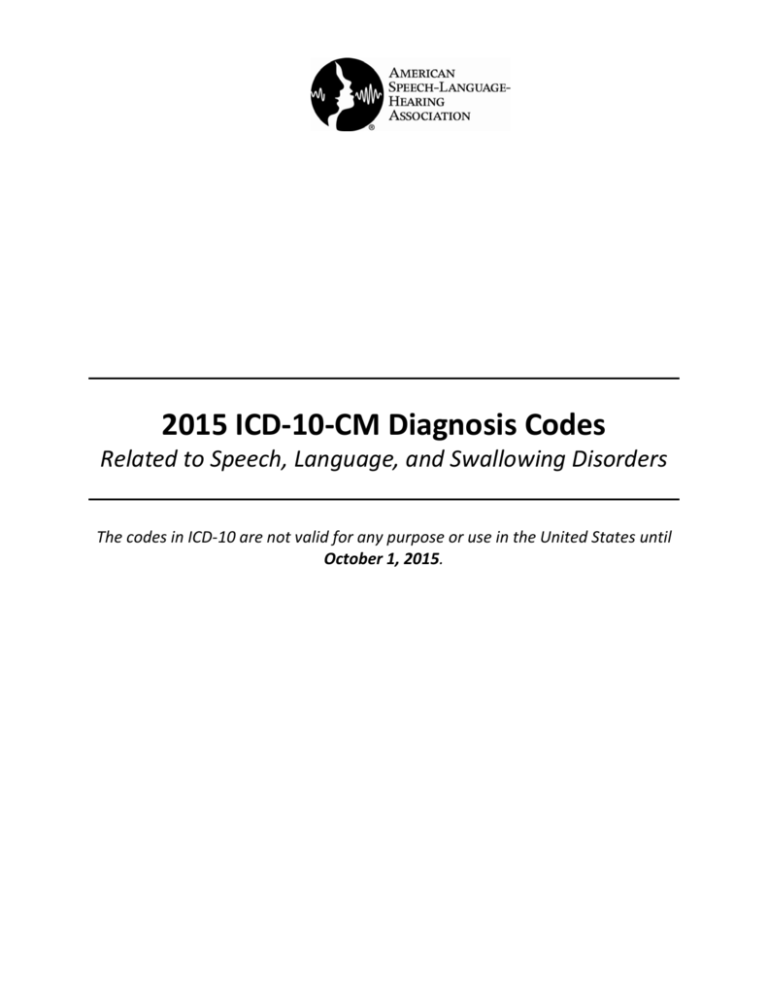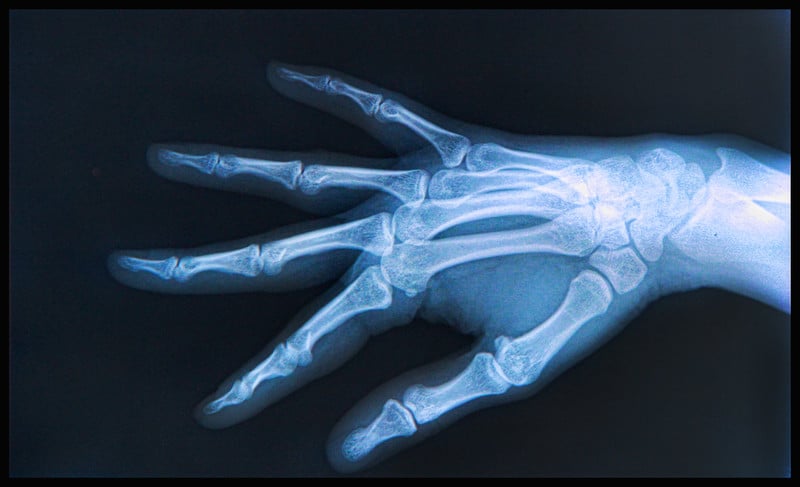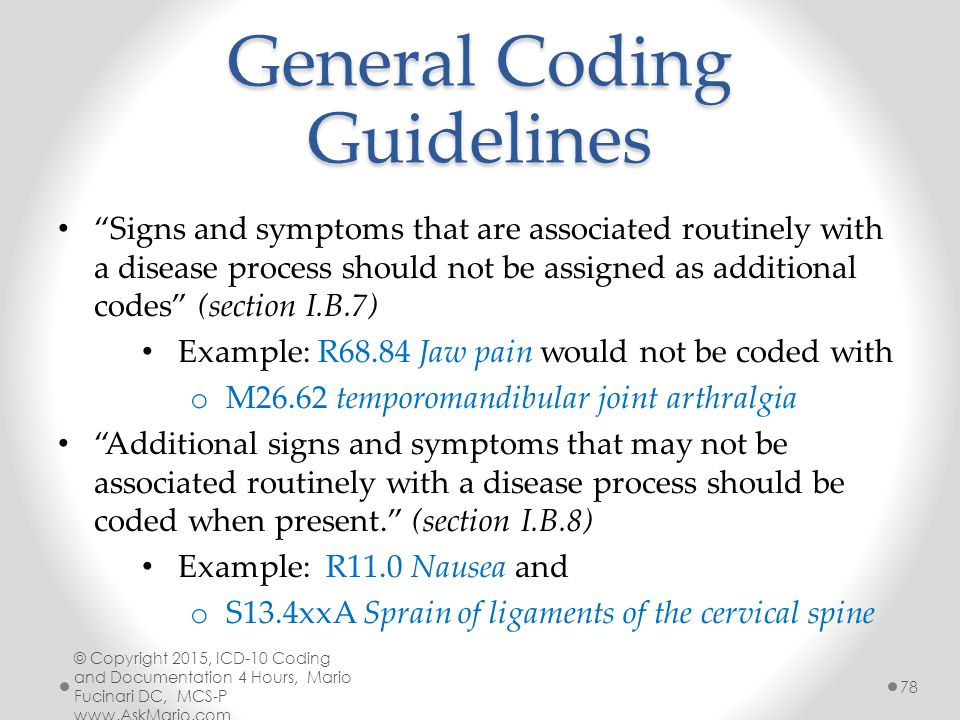


This post highlights revised and deleted codes as well as the 2020 ICD-10 codes for dermatology, ophthalmology, orthopedics, plastic surgery, otolaryngology and gastroenterology.

Industry blogs and websites such as and could be great resources as well. Stay updated with changes through official sources such as the CDC and CMS. Familiarize yourself with the changes relevant to your medical specialty.

In addition to having an EHR system that’s prepared for such industry changes, it’s a good idea to stay in the know. Modernizing Medicine’s specialty-specific and cloud EHR system, EMA®, offers this and so much more. So how do you prepare for these ICD-10 changes when it comes to your electronic health record (EHR) system? The answer includes having an EHR system with these ICD-10 coding updates built-in. The revisions mainly affect codes for mid-cervical disc disorder and body mass index. Some of the most notable changes include new codes related to orbital wall fractures, eye exams and neurostimulators. In the 2019 fiscal year, there were 71,932 ICD-10-CM codes and with the 2020 ICD-10 update the total is now 72,184. These code changes apply now through September 30, 2020. This includes 273 new ICD-10 codes, 30 revised codes and 21 deleted codes. As of October 1, 2019, the release date for 2020 ICD-10 codes has come and gone, and the 2020 ICD-10 changes have been published.


 0 kommentar(er)
0 kommentar(er)
